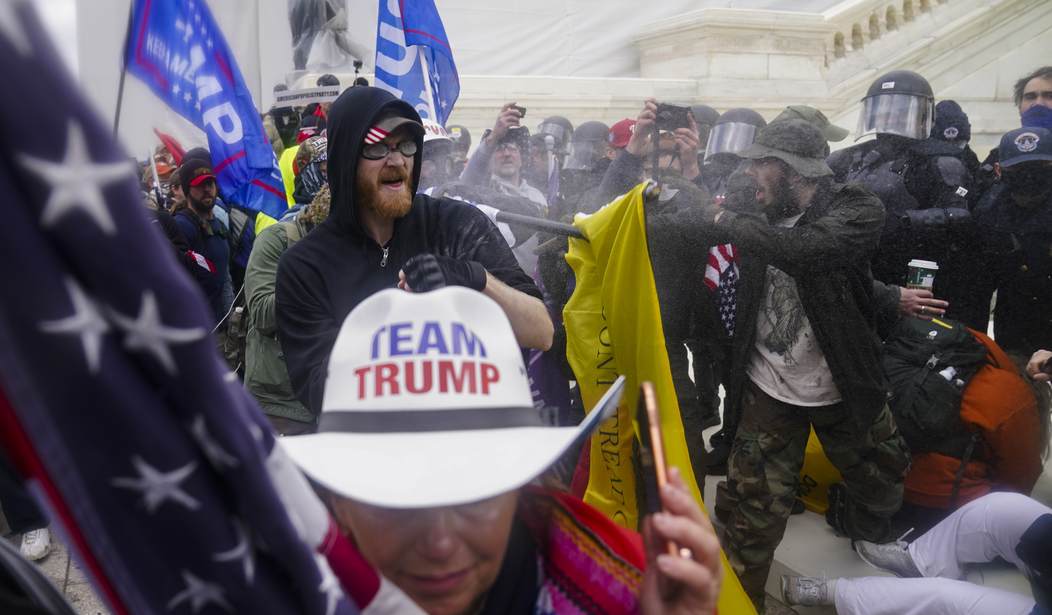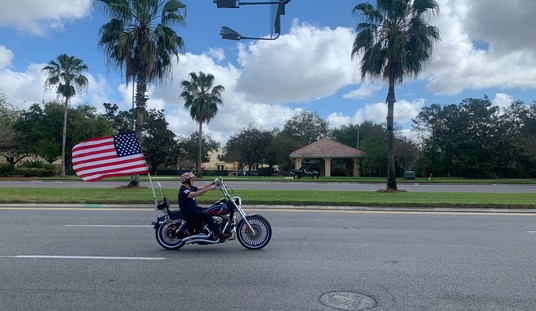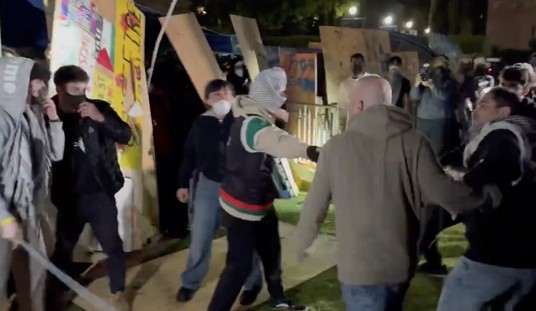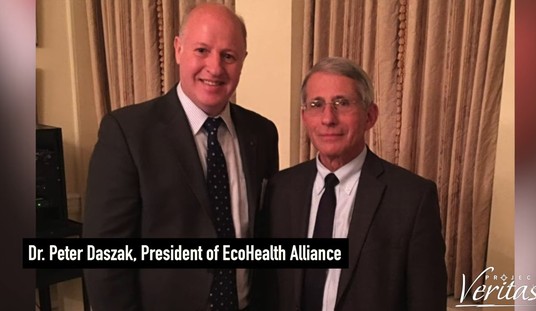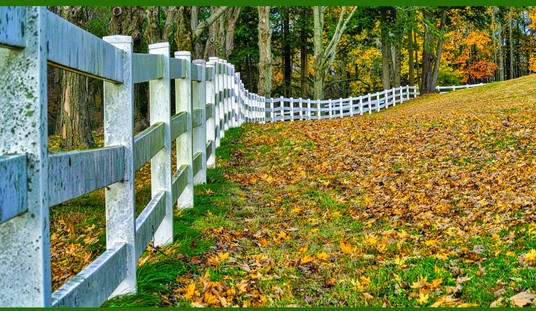Ever since the riot at the capitol happened it’s been the main topic of conversation in the world of politics. It’s being discussed in all the ways except the most important way there is.
On a moral level, talking about the riot is only good if you’re denouncing it. We shouldn’t be encouraging anyone to resort to violence or destruction at any time, and while the left cheers their own violence and destruction on, it’s imperative that we only use violence as a means to defend ourselves.
Resorting to violence eats at the glue that holds our society together. In a civilized nation, debate, conversation, and process, mixed with the right to free speech, keep a nation on track for advancement.
But as was discussed earlier today, the penchant for violence has been a characteristic of the left for the past four years more than it has been in the past few decades. The left continues to set the pace for how discourse goes in America with every riot and mob. With every lotted store, burning building, or assaulted individual, the media, leftist politicians, and activist groups all rally together to form a protective barrier around the violent.
All the while, the right is being told that the only way to get anyway is to stick to the orderly discourse we were brought up with by the same people who are burning down our property and assaulting us.
The hypocrisy is as apparent as it is nauseating.
It’s this nauseating hypocrisy that also spurs people into violence. They don’t see any other recourse to be heard or trodden on. The hypocrisy creates radicals that then go forward and do the things we as Americans hold as wrong at any other given moment.
The left has shown it doesn’t hold violence as wrong and so some on the right are going to try to equal the playing field.
This isn’t an excuse for the behavior we saw at the Capitol, but it is an explanation.
With that explanation in mind, we can then begin the process of fixing the problem, but first, both parties have to be willing to fix it, and one definitely is not. As we speak the left is clamping down on conservatives left and right and this comes with its own problems.
Driving people into corners forms bubbles. While Twitter hasn’t completely eliminated the conservative presence off its platform, it is making it very clear that certain ideas won’t be allowed, some of which aren’t even extreme in any regard.
Facebook is no better. According to the Paul’s, Ron Paul has been suspended from the platform and for what remains a mystery. According to Rand, Facebook targetted his father as a seditionist for advocating liberty.
Facebook now considers advocating for liberty to be sedition. Where will it end? https://t.co/Ws6pBq923N
— Senator Rand Paul (@RandPaul) January 11, 2021
This kind of censorship or, more accurately, this kind of prejudice, is going to send people into their respective bubbles. The internet is a huge place and no matter what they close down, it’s likely those ideas are going to find a home somewhere.
Moreover, as each crackdown happens, the bubbles will only get thicker and thicker on both sides. These bubbles will create radicalism as time goes on, especially as resentment grows between both parties.
What happens after that could be a range of things, but one thing is guaranteed and that’s real-life action. It may come in the form of riots, terrorism, or even organized rebellion. History has shown us a buffet of reactions that the oppressed has taken, but they’re hardly ever good.
God save us from any of it.
The idea that the problem of violence is suddenly going to go away because conservatives live under the threat of censorship is asinine. It’s only going to embolden both the left and the right to react negatively in any given situation. What’s more, the resentment that builds from watching the left do all the worst it can to the right while they’re applauded is going to cause even more radicalization.
The riot was a problem, but it’s not the main one. If both of these things don’t change in the future, our society can look forward to many more riots…or worse.

